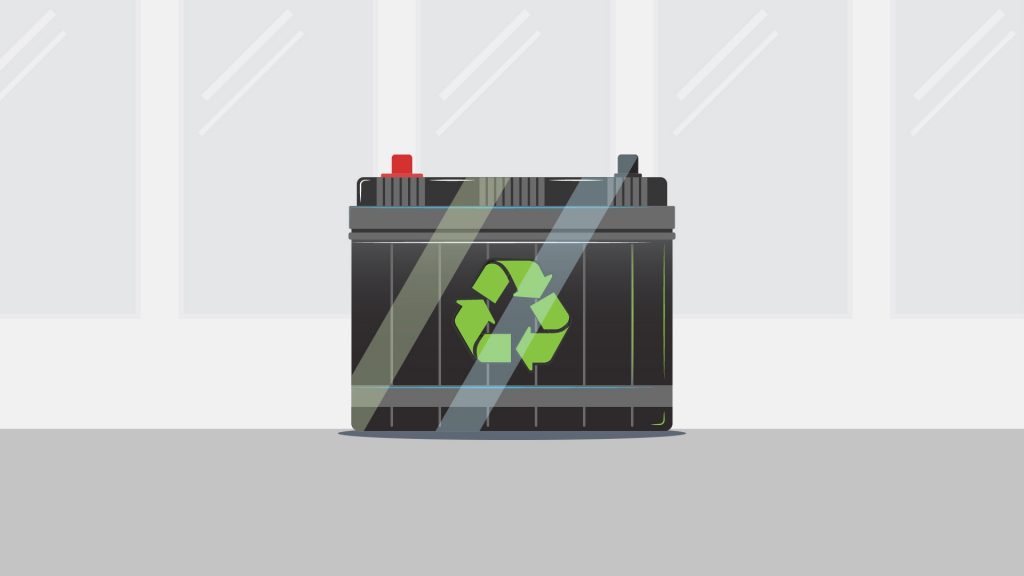
A car engine starts. A surgeon performs a procedure in the middle of a power outage. A solar panel provides power to a remote area on a cloudy day. These seemingly unconnected scenarios are actually unified by one key component – lead battery technology. On National Battery Day and beyond, we celebrate this versatile technology, and take a look at the role that lead batteries play across our everyday lives, today and tomorrow.
In our new video, “Storing Tomorrow’s Power Today,” we visualize the essentiality of lead batteries. From their integral place in our transportation, logistics, communications and defense networks, to their significant economic benefits, lead batteries are the most innovative, reliable, scalable and affordable solution for energy storage.
Beyond providing energy storage for over 270 million cars and 65 percent of forklifts in the U.S., lead batteries improve the reliability of renewable energy facilities through sustainable energy storage. They also protect the $1 trillion U.S. communications infrastructure with uninterruptible power, enable our first responders and military to rapidly deploy lighting and other mobile electronics and provide ground support equipment during emergencies or on the battlefield.
Lead batteries are vital to our energy future. They help improve fuel efficiency and reduce emissions from vehicles through start-stop technology which is projected to eliminate over 2 million tons of greenhouse gas emissions annually by 2020 – the equivalent to the annual energy usage of 211,000 American households.
They also will play a key role in our green energy future by increasing the reliability of renewable energy facilities through advanced energy storage technology. This same technology is essential to help deliver electricity to remote areas around the world enabling refrigeration, lighting and access to the internet.
Their cost-effective nature is made possible in part by the state-of-the-art recycling program instituted by the lead battery industry. This unique circular economy helps make lead batteries the most sustainable battery technology, enabling lead battery recycling rates of more than 99 percent – compared to li-ion batteries that are recycled at rate of around 5 percent.
This incredible versatility and sustainability explains why lead batteries provide over 75 percent of the world’s energy storage capacity and continue to power our everyday lives in ways seen and unseen. Join us in celebrating National Battery Day, and share our video to help educate others about the incredible power of lead batteries.


